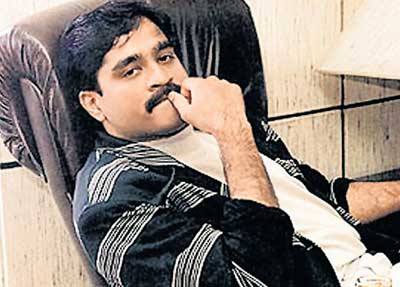
Vengsarkar claimed that Dawood had walked into the team’s dressing room a day before the match and offered each player a Toyota car if they beat Pakistan.
Vengsarkar said Dawood was introduced by actor Mehmood as a businessman. However, Dawood was asked by the then Indian captain Kapil Dev to walk out of the dressing room.
“Actor Mehmood was in our dressing room. Kapil Dev was not in the dressing room at that time because he had gone out to address the press conference. Dawood was introduced by actor Mehmood,” Vengsarkar said at a function in Jalgaon.
“No one recognised him but I had seen his photographs.
Mehmood introduced him to us as a big businessman from here.
Mehmood said he wants to announce a prize for us. He said ‘If you beat Pakistan tomorrow, everyone will get a car’ Jayawant Lele was our manager then,” he added.
The match will be best remembered for the last-ball six hit by Javed Miandad off Chetan Sharma that helped Pakistan win the trophy.






Comments
Add new comment